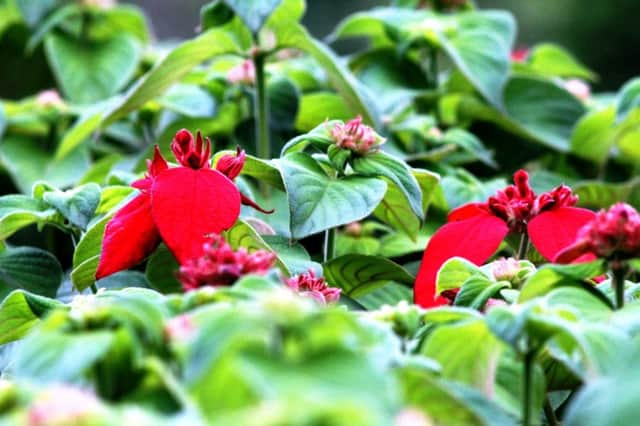Symbol of the season


Yet years ago, it was tall and leggy and lived in relative obscurity; today, it is compact, bright and easy to accommodate.
But it’s not really a flowering plant – those great, red flowers are, in fact, nothing more than glorified leaves.
Advertisement
Hide AdAdvertisement
Hide AdWithout man’s help, Euphorbia pulcherrima would still be soaking up the sun many thousands of miles away from the UK. It’s only because we have tinkered with its make-up that it now reigns supreme as the most popular living Christmas present. All these euphorbias want is a reasonable temperature (between 55-60F), plenty of light (not direct sun), water, an occasional misting of the leaves, and a little food when they are at their peak.
Over-water and the leaves will wilt; under-water and the leaves will wilt and turn dry; dry air will also turn leaves brown and encourage red spider mites to take up residence; and leaving a plant behind the curtains on a cold night can also have a devastating effect. After leaves have fallen, cut back the stems to 4in. Let the compost dry until May, then start to water.
Then repot, feed and remove some of growth to leave five or so new stems, From the end of September, cover the plant with black polythene from evening till morning so that the plant has 14 hours of darkness each day for eight weeks.
Then, treat it normally.